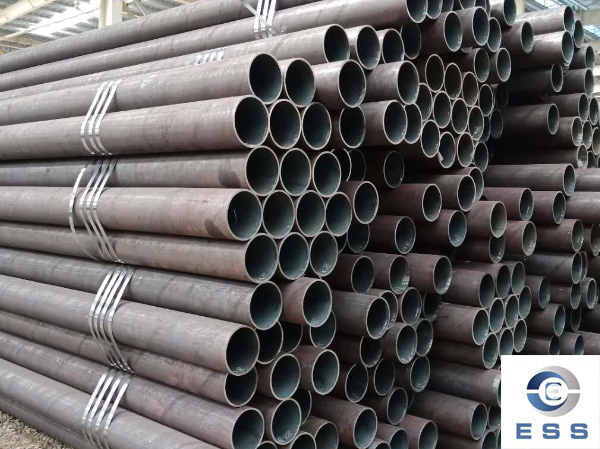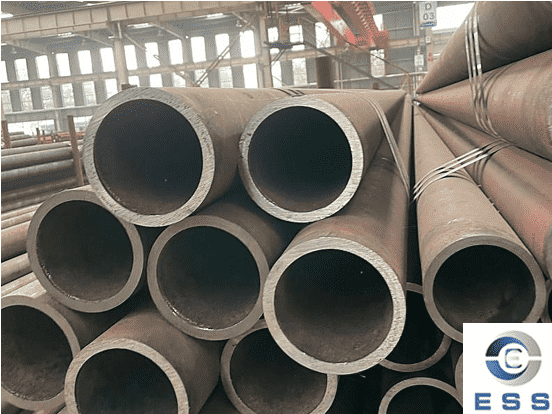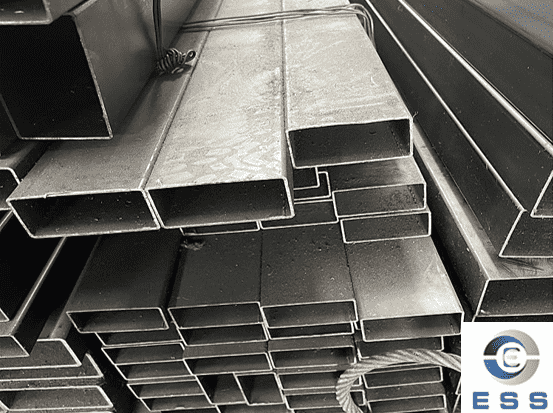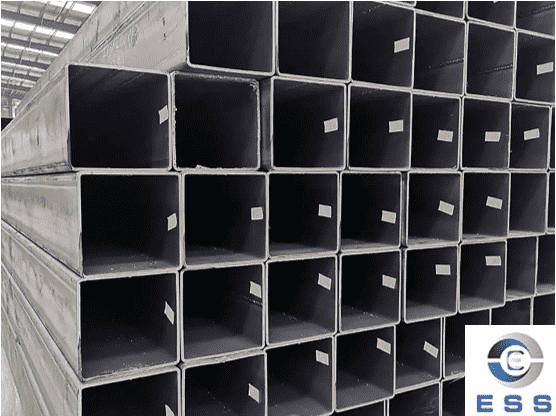What is the processing allowance of seamless pipes?
To understand how many millimeters the processing allowance of seamless pipes is generally left, you must first understand the dimensional tolerance range of the product itself. The dimensional tolerance of a product refers to the allowable deviation range of the actual size of the product. (Note: Due to the influence of equipment, environment, technology, materials and other factors, we cannot produce absolutely consistent product sizes. The size of any product is a relative value, not an absolute value. It is an allowable controllable range size value ) The purpose of tolerance setting is to ensure that the variation in product dimensions is within this range to meet the requirements for interchange or mutual coordination between products.

The dimensional tolerances of seamless pipes produced by different uses, different production methods, and different production equipment are very different. The professional level of technicians also directly affects the tolerances of products. Again, we remind you that when reserving machining allowances, you should fully understand the product's production performance and guaranteed dimensional tolerance range. Then specific problems are analyzed in detail to determine the processing allowance. Next, we will briefly discuss the reserved dimensions for seamless steel pipe processing between different production methods.
1. For precision seamless steel pipes, the general inner and outer diameter tolerances can be guaranteed to be plus or minus 0.1mm, and the tolerances for special requirements can be guaranteed to be plus or minus 0.025mm. It is recommended to reserve a machining allowance of more than 0.2mm for grinding. You can reserve machining allowance by yourself after communicating and coordinating with the manufacturer based on actual tolerance data.
2. Ordinary hot-rolled seamless pipe. The national standard GB/T 8162-2018 structural seamless steel pipes produced by our factory are mostly used in the fields of mechanical structures and parts processing. There is an upper tolerance for the outer diameter and a lower tolerance for the inner diameter. For example, a seamless steel pipe with an outer diameter of 133mm and an inner diameter of 83mm can have an outer diameter of up to 133.5mm and an inner diameter of up to 82.5mm. It is recommended that the single-sided machining allowance for turning processing is 0.7mm and above. Ordinary hot-rolled seamless steel pipes have a larger processing allowance. This is because of the tolerances on the outer diameter and inner diameter of ordinary hot-rolled seamless steel pipes during the production process. The range is huge. In order to ensure that the processed steel pipe can meet the needs of the mechanical structure and parts processing fields, a large processing allowance is required to make up for the tolerance. You can reserve machining allowances by yourself after communicating and coordinating with the factory based on actual tolerance data.
3. It is recommended to fully communicate and coordinate with the manufacturer. Comprehensively consider various factors and analyze specific problems to determine the most appropriate processing allowance. The processing allowance reservation for seamless steel pipes is a complex issue that requires consideration of many factors. In order to ensure the quality and accuracy of steel pipes, it is recommended to fully communicate and coordinate with manufacturers during the production process to determine the most appropriate processing allowance. According to the actual tolerance data and production conditions, the processing allowance is reasonably selected to ensure that there will be no problems during later processing.
What is the ovality of seamless pipes?
Definition and measurement method of ovality:
Ovality refers to the ratio of the maximum distance to the minimum distance between the center line of the seamless pipe section and the axis, usually expressed as D/d, where D is the maximum diameter and d is the minimum diameter. Ovality measurement generally uses the three-point method or the auxiliary circle method.
Factors that affect the quality of seamless steel pipes due to ovality:
1. Steel pipe rolling process and equipment: Different rolling processes and equipment will directly affect the roundness and ovality of the steel pipe. If there are insufficient rolling passes or too many rolling passes during the production process, it will easily lead to an increase in ovality.
2. Material: The inherent quality, composition, structure and other factors of steel will also affect the ovality. For example, defects such as pores or inclusions inside the steel will cause bulges or depressions on the surface of the steel pipe, thus affecting the ovality of the steel pipe.
3. Wear of the pressure roller: The wear of the pressure roller used to adjust the ovality of the steel pipe during rolling will also affect the geometry and ovality of the steel pipe.
Domestic and foreign ovality standards:
1. International standards: The relevant standards formulated by the International Seamless Pipe Manufacturing Standards Organization (ISO) require that the ovality of steel pipes should be within 10% of the sum of the pipe diameter and wall thickness.
2. American standard: The American ASTM standard stipulates that the ovality of steel pipes is 1% of the difference between the outer diameter and the inner diameter.
3. Japanese standard: Japanese JIS standard stipulates that the ovality shall not exceed 0.5% of the diameter.
4. Domestic standards: The maximum ellipticity error allowed by Chinese national standards is ±8% of the sum of pipe diameter and wall thickness.
Summarize:
The ovality of seamless pipes is one of the important factors affecting their quality and is very important for steel pipe production and quality control. Countries have corresponding standards for ovality. Relevant standards should be followed during production and various factors that affect ovality should be eliminated as much as possible to ensure the production of high-quality seamless pipes.
Read more: Difference between seamless pipe and seam pipe













 Eastern Steel Manufacturing Co.,Ltd not only improve product production and sales services, but also provide additional value-added services. As long as you need, we can complete your specific needs together.
Eastern Steel Manufacturing Co.,Ltd not only improve product production and sales services, but also provide additional value-added services. As long as you need, we can complete your specific needs together.










